Your challenges

Strict discharge regulations and high discharge fees
Discharge regulations of wastewater are becoming more stringent, and the discharge fees for discharging wastewater in the sewer system are continuously increasing. Anaerobic treatment reduces organic pollutants in the wastewater, helping you stay compliant while lowering your carbon footprint and operational costs.
High wastewater treatment costs
Aerobic treatment systems often have high energy demands and sludge handling costs. Anaerobic treatment offers lower OPEX due to reduced aeration needs and less sludge production. The produced biogas can be used to replace natural gas and lower your energy costs.
Sustainability and carbon footprint goals
There is pressure for companies to become more sustainable and to achieve certain sustainability goals. Anaerobic treatment helps reduce emissions and allows companies to recover energy, which can help companies work toward net-zero targets or green certifications.
Limited space for expansion
When you want to expand your production capacity, most likely you will need to expand your wastewater treatment as well. Anaerobic reactors have a small footprint and can easily be integrated into your existing treatment system without taking up valuable space.
How can NSI meet your needs?
Anaerobic treatment is a biological process that uses anaerobic biomass to remove biodegradable organic compounds (COD/BOD) from wastewater without using oxygen. The anaerobic biomass converts organic pollutants in wastewater into biogas. After treatment, the anaerobic biomass will be returned into the reactor and the treated wastewater (effluent) leaves the reactor through the standpipe to the after treatment or sewer.
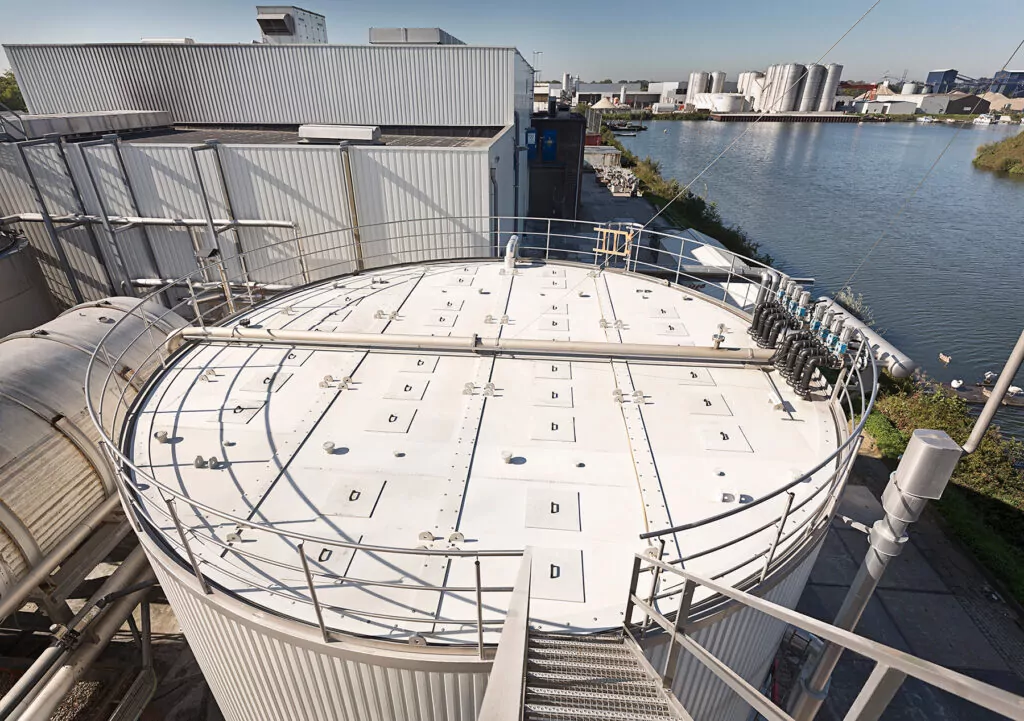
Our solutions
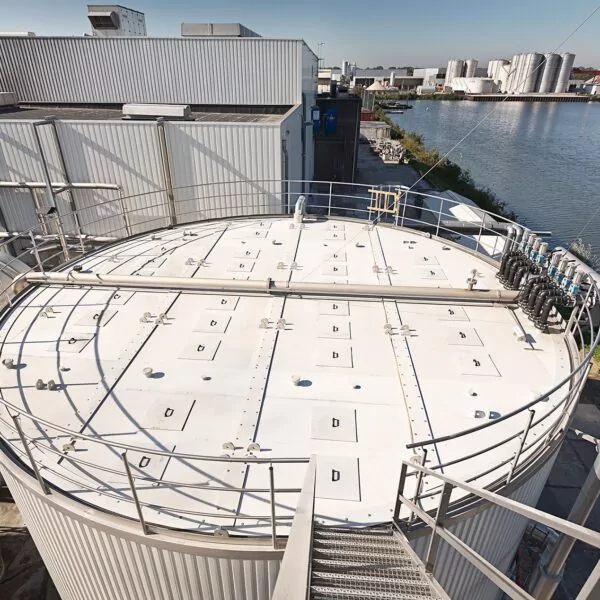
- Industrial
Anaerobic – Econvert-UASB®
- Wastewater
- Industrial water
The Econvert-UASB® (Upflow Anaerobic Sludge Blanket) has a proven track record for decades. Its robust and reliable configuration enables the handling of large varieties of wastewater (...)
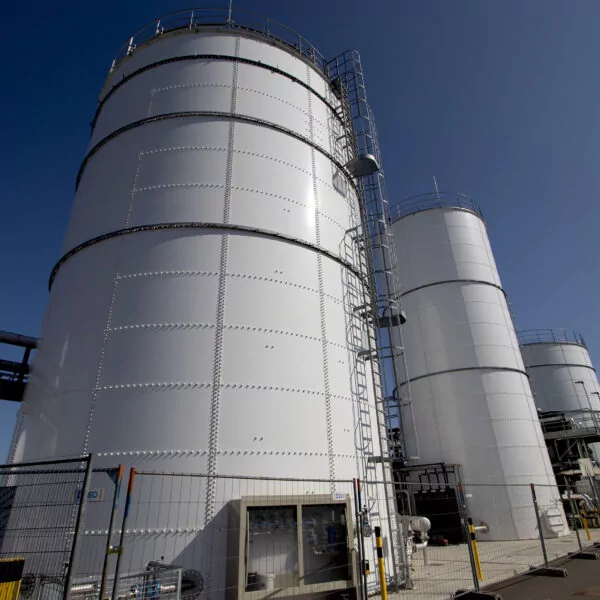
- Industrial
Anaerobic – Econvert-EGSB®
- Wastewater
Econvert-EGSB® (Expanded Granular Sludge Bed) is the optimal solution after decades of experience, development and optimization. Combining a small footprint with robust internals (...)
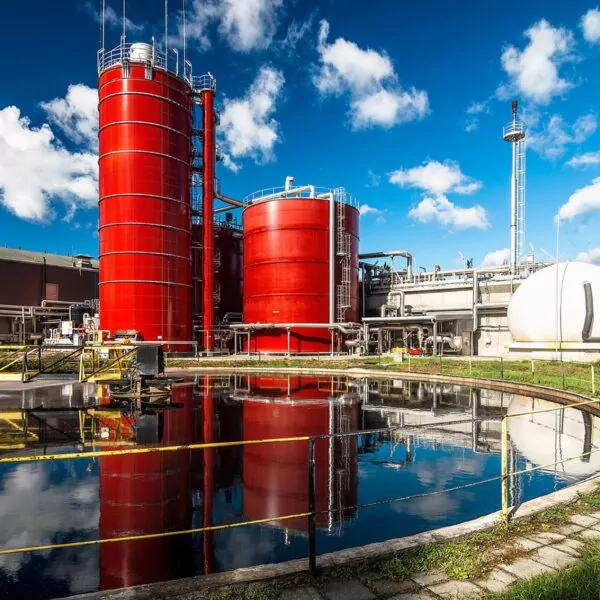
- Municipal
- Industrial
Anaerobic – Econvert-IR®
- Wastewater
- Industrial water
The Econvert-IR® (Internal Recirculation) is designed to create the ideal process conditions – even under extreme conditions. Thanks to its unique two-stage settling system, (...)
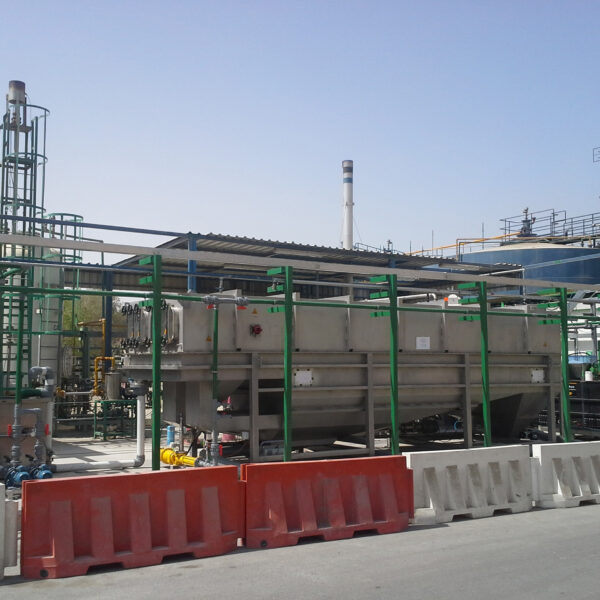
- Industrial
Anaerobic – Econvert-DGF®
- Resource Recovery
- Industrial water
- Wastewater
The Econvert-DGF® (Dissolved Gas Flotation) is an anaerobic solution developed to treat raw wastewater with high concentrations of total suspended solids (TSS) and fats, oils, (...)
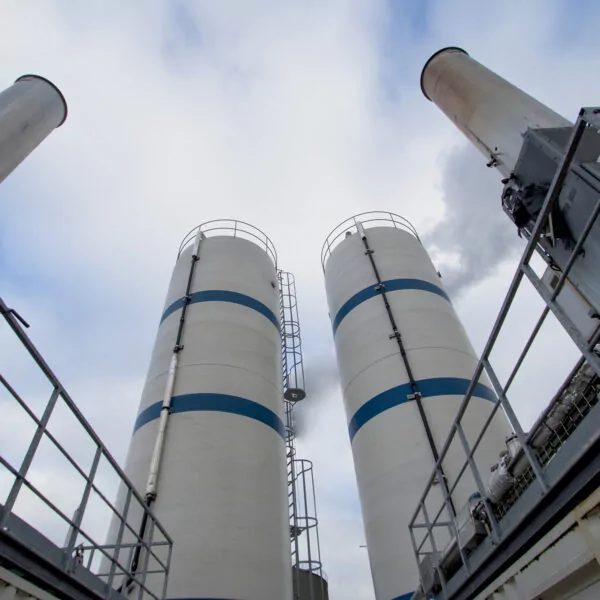
- Industrial
Anaerobic – Econvert Anaerobic Rental
- Wastewater
- Industrial water
- Resource Recovery
We understand that CAPEX is not always readily available to invest in anaerobic wastewater treatment, or that you may want to avoid long-term financial commitments. At Econvert, (...)
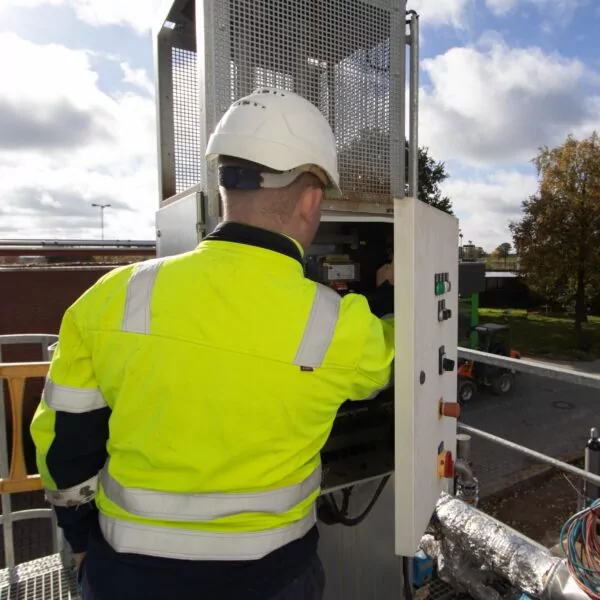
- Industrial
Services: Anaerobic wastewater treatment & biogas
- Wastewater
- Resource Recovery
In the end, it’s not just the equipment that treats your wastewater, it’s the whole process. At Econvert, part of Nijhuis Saur Industries, we offer various anaerobic wastewater (...)
Customer benefits
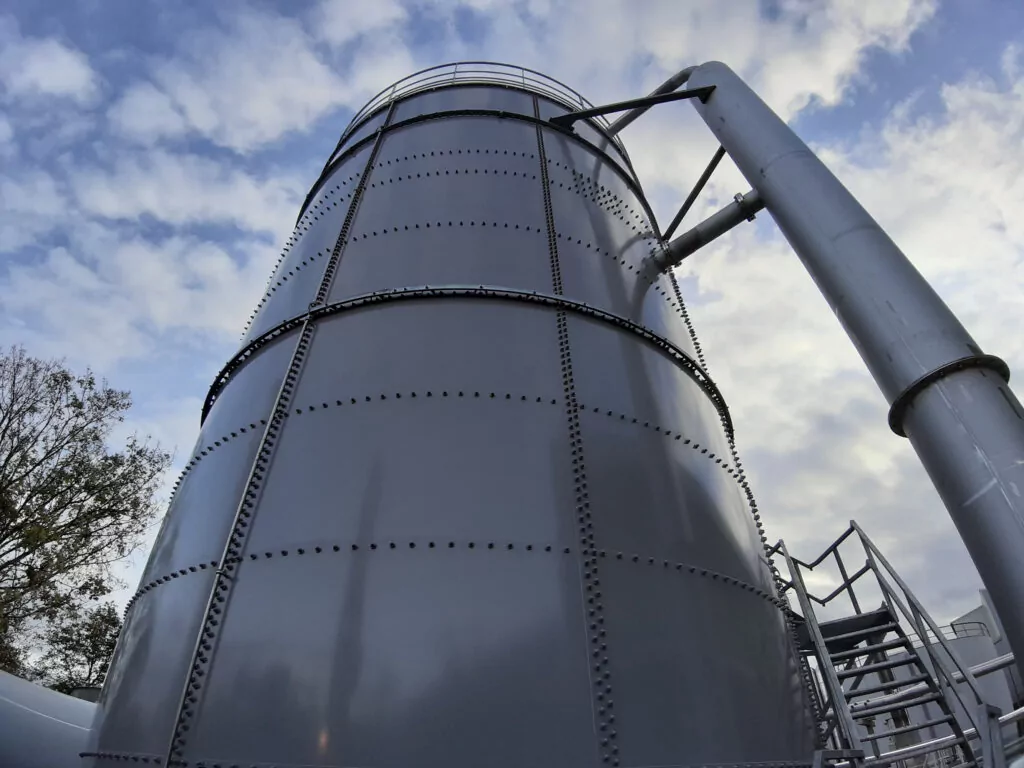
Turning wastewater into renewable energy
Anaerobic wastewater treatment produces biogas, which is captured and can be used as a renewable energy source. From biogas you can generate electricity, heat, or fuel. It can also be upgraded to natural gas quality biomethane which can be injected into the natural gas grid.
Reduction of carbon footprint
By capturing methane and converting it into energy, anaerobic treatment reduces pollutants and lessens the release of harmful gasses into the atmosphere.
Water reuse and closing the water loop in factories
COD removal is key to closing the water loop in factories. Anaerobic wastewater treatment does this efficiently, supporting water reuse strategies in your facilities.
Low operational costs and maintenance needs
With less sludge production and no need for aeration, anaerobic treatment systems are cost-effective and easy to operate. In some cases the excess sludge can be sold.
Contact our experts
Frequently Asked Questions (FAQ)
A broad range of effluent types can be treated from industries such as Pulp & Paper, Food & Beverage and Chemical & Pharmaceutical. Our experts assess the composition of your wastewater and provide tailored recommendations.
Aerobic treatment systems use bacteria that require oxygen and therefore aeration is required resulting in high energy consumption. Anaerobic systems use other bacteria that don’t require oxygen and as a result also produce biogas – making them more energy-efficient and sustainable.
Anaerobic systems offer a positive energy balance, produce less sludge, and take up less space – making them ideal when cost, energy, and footprint are key considerations.
It’s a biological treatment: anaerobic bacteria break down organic matter without oxygen, producing energy-rich biogas as a by-product.